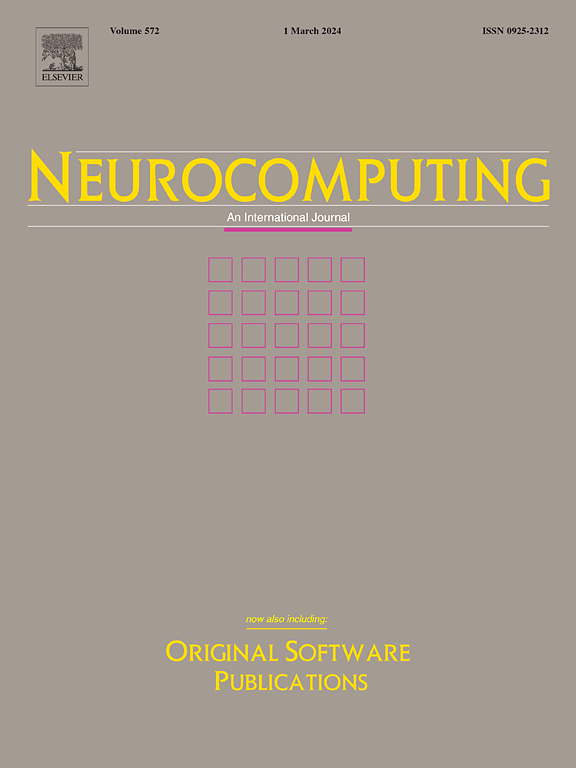Dual filtration subdomain adaptation network for cross-subject EEG emotion recognition
IF 5.5
2区 计算机科学
Q1 COMPUTER SCIENCE, ARTIFICIAL INTELLIGENCE
引用次数: 0
Abstract
Emotion recognition based on electroencephalogram (EEG) data holds pivotal importance for advancing affective brain-computer interfaces. However, in cross-subject emotion recognition scenarios, negative transfer is likely to happen due to EEG’s individual differences and inherent temporal variability. To solve these issues, this study proposes a novel domain adaptation architecture, named dual filtration subdomain adaptation network (DFSAN), to mitigate negative transfer and align subdomain features at a fine-grained category level. Firstly, the transferability of each subject was assessed to identify those with high transferability to serve as source domains. Then, with the feature alignment through subdomain metric learning, the transferable features could be obtained by dual filtration network. Finally, dual classifiers were employed to mitigate misclassifications near the decision boundary and output the recognition results. Multi-source cross-subject emotion recognition experiments were executed with SEED, SEED-IV, DEAP and SEED-V datasets, achieving recognition accuracy of 88.68 %, 67.61 %, 65.33 % and 65.57 %, respectively. Compared with other state-of-the-art domain adaptation methods, our proposed method achieved better results in cross-subject emotion recognition tasks, demonstrating the effectiveness and feasibility of DFSAN in handling negative transfer under multi-source transfer emotion recognition.
求助全文
约1分钟内获得全文
求助全文
来源期刊

Neurocomputing
工程技术-计算机:人工智能
CiteScore
13.10
自引率
10.00%
发文量
1382
审稿时长
70 days
期刊介绍:
Neurocomputing publishes articles describing recent fundamental contributions in the field of neurocomputing. Neurocomputing theory, practice and applications are the essential topics being covered.
 求助内容:
求助内容: 应助结果提醒方式:
应助结果提醒方式:


